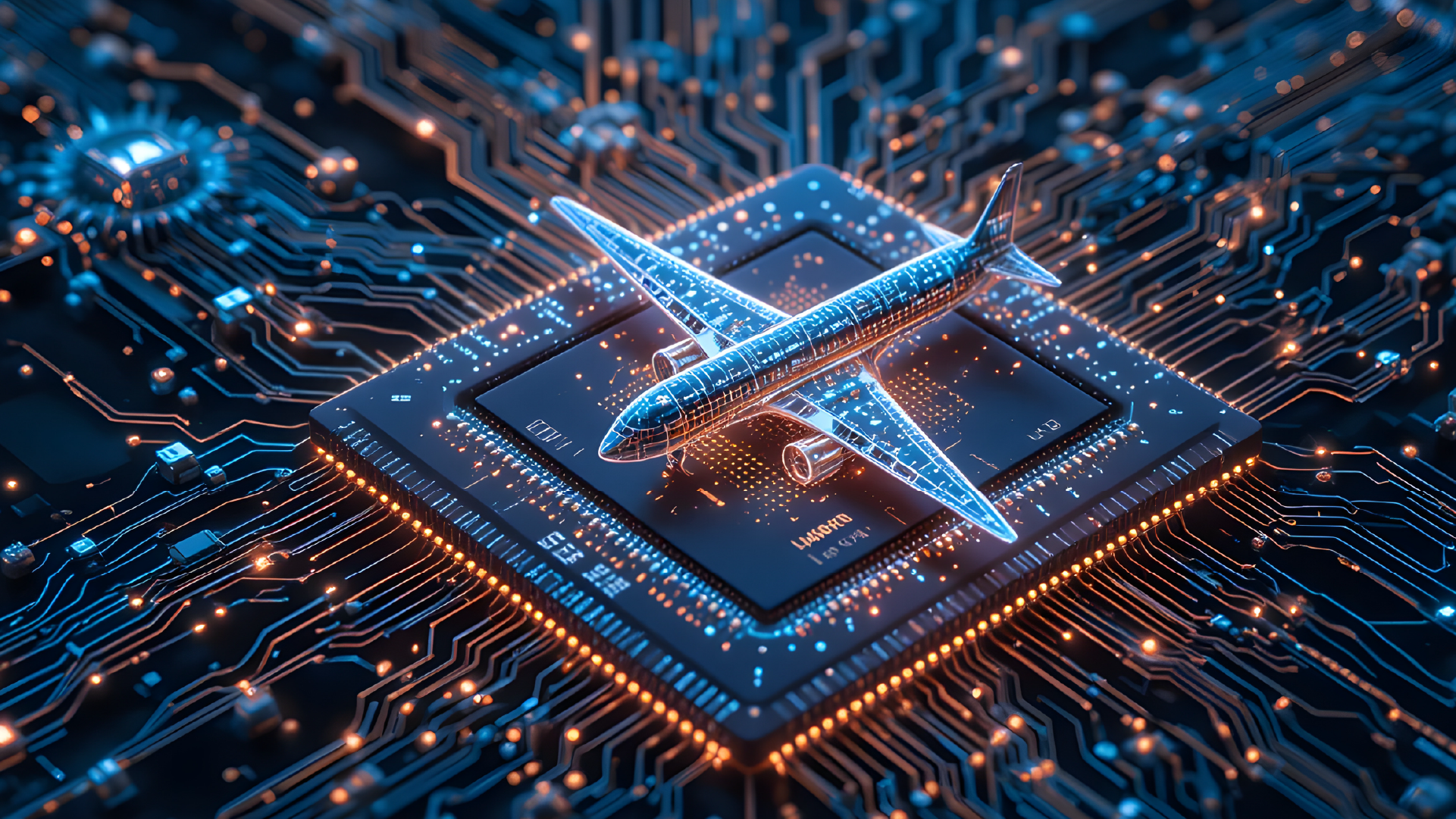
July 29, 2025
When we think of space missions, military aircraft, or advanced radar systems, we often imagine rockets launching, supersonic jets, or futuristic technologies. But there’s one invisible element that plays a crucial role behind the scenes: high-reliability power.
In extreme environments—like outer space, war zones, or high altitudes—a power failure or malfunction can compromise an entire mission. This is where the concept of high-reliability power becomes critical.
In aerospace and defense (A&D), a system failure doesn’t mean simply rebooting the device. The consequences can be disastrous: loss of life, failed billion-dollar missions, or strategic vulnerabilities.
In these fields, components must withstand extreme temperatures, vibration, radiation, harsh weather conditions, and repetitive power cycles—all without a single point of failure.
For companies designing for this market, it’s not just about efficiency or size. Critical requirements include:
Power management engineers in the A&D sector face unique challenges. Unlike consumer or industrial products, there's zero room for error. Key issues include:
To meet these demands, engineers are developing increasingly sophisticated power technologies, such as:
High-reliability power electronics may be invisible to the general public, but they are the backbone of today’s most ambitious technologies. Whether it’s keeping a pilot safe, exploring Mars, or maintaining strategic superiority in orbit, power reliability often defines success or failure.
As we look toward the future of critical missions, innovations in energy management will be more essential than ever. And those who can combine reliability, performance, and compliance will lead the next frontier of technology.